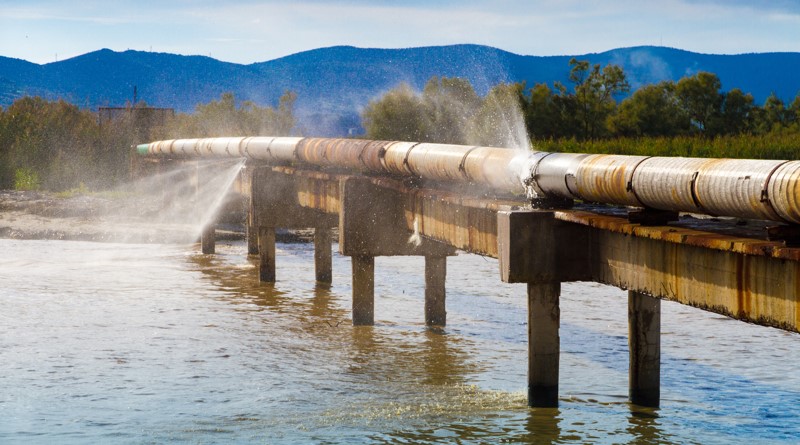One-fourth of water, sanitation financing lost to corruption, mismanagement worldwide

Widespread corruption and mismanagement of funds are resulting in loss of over one-fourth of money being spent on the water and sanitation sector worldwide, a new report by Water Integrity Network has stated, adding that addressing corruption and integrity failures within water and sanitation finance is critical to ensuring the efficient use of available funds and the improvement of service delivery.
In its third Water Integrity Global Outlook (WIGO), WIN said addressing integrity failures in the financing of water and sanitation sectors is not merely a financial necessity but also a social imperative. The costs of inaction —manifesting as poor service delivery, inflated infrastructure costs, and compromised water quality — disproportionately affect marginalised communities and undermine broader development goals.
“By fostering a culture of integrity, we can ensure that available funds are used effectively, projects are prioritised correctly, and services are delivered equitably and sustainably. This approach requires the commitment and cooperation of all stakeholders, from government agencies to civil society organisations and private sector partners, each playing a pivotal role in promoting transparency, accountability, and ethical practices”, the report said.
Insufficient funding is undermining governments’ ability to meet the human rights to water, sanitation and a clean and healthy environment. The World Bank estimates that countries need to increase their current spending by around $140 billion annually — tripling current expenditure — to achieve the Sustainable
Development Goal 6 targets on drinking water, sanitation, and hygiene (WASH). Additional and increasing finance is needed to improve the resilience of water and sanitation systems and to support water and sanitation adaptation.
Corruption, mismanagement and other integrity failures contribute significantly to the overall finance shortfall, wasting up to 26 per cent of money invested in the water sector, according to WIN and the Inter-American Development Bank. “They undermine the effective use of funds, weaken sector institutions, drive significant financial losses in the sector, and misdirect and bias new investment away from key priorities and from those who need it most”.
The water and sanitation sectors are particularly susceptible to corruption due to fragmented and complex institutional arrangements, natural monopolies, and high infrastructure capital, maintenance and refurbishment costs. The infrastructure sector, on which water and sanitation depend heavily, is one of
the most corrupt sectors globally. The IMF estimates that 30-50 per cent of general infrastructure costs (not just water and sanitation) are lost due to poor management, including corruption.
According to the report, this loss in funds is taking place against the background of some influential trends: the need for climate change adaptation implies a rapidly growing need for funds, the closing of civil space in many countries over the past few years renders transparency and access to information more challenging and complex, and the rapid expansion of digital technology and machine learning systems can assist in reducing corruption risks while also potentially introducing new vulnerabilities.
The report argues that these failures undermine the effective use of funds, divert resources, contribute to major financial losses in the sector and serve to unnecessarily widen the existing funding gap for the achievement of SDG 6. In this way, sector institutions are weakened, financial losses are incurred, and new investments are misdirected away from key priorities and from those who need it most. At the same time, taking action to improve integrity is a relatively low-cost option to help close the funding gap.
The finances of the water and sanitation sector are sourced from tariffs, taxes, and transfers, otherwise known as the 3Ts. By volume, the largest source of funding is generally the users themselves through taxes and tariffs (accounting for 90 per cent of funding globally), followed by government, although there is considerable variability from region to region.
In Latin America and the Caribbean, for instance, tariffs cover over 80 per cent of sector costs, while in Asia, governments cover more than 60 per cent of sector expenses. Repayable finance such as loans are also an important source of funding for infrastructure development, which carries risks such as rising debt and difficulties in the transparency and potential for tracing of financial flows. Oceania (excluding New Zealand and Australia) is the only region highly dependent (72.9 per cent) on repayable finance.



